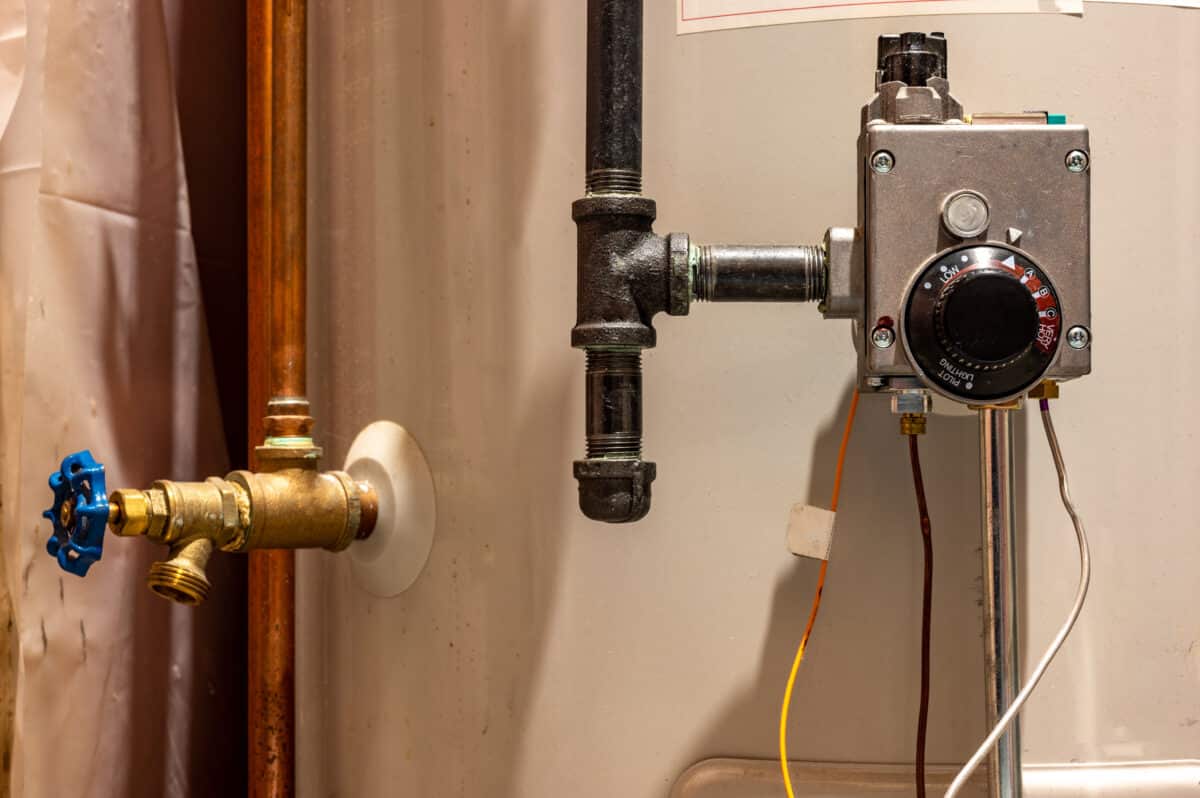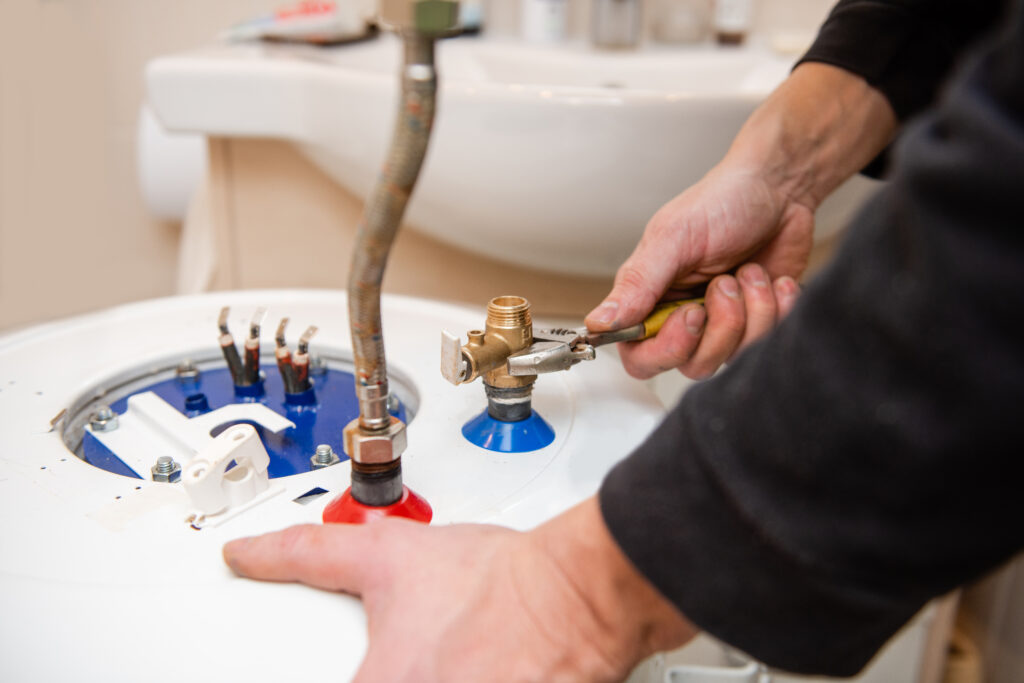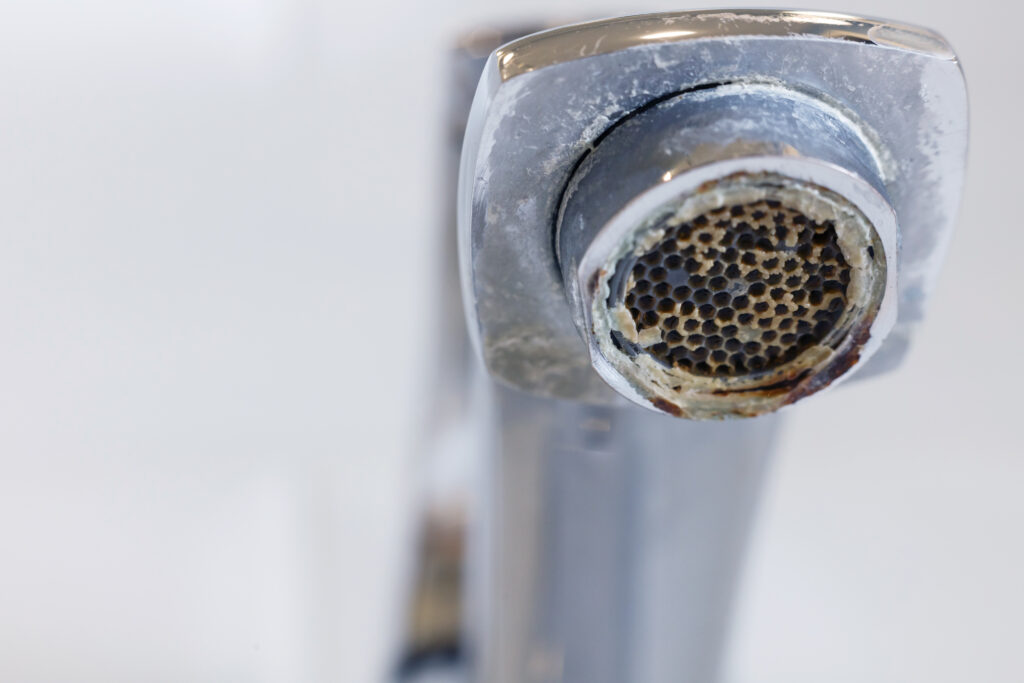When your water heater’s pilot light goes out, it is more than just an inconvenience; it indicates that the system cannot heat water, impacting daily activities like showering and cleaning. More importantly, a malfunctioning pilot light may hint at a gas leak or a build-up of combustible gases, which pose a serious risk. When dealing with any component that involves gas, it’s important to stay safe and follow the right procedures or, in some cases, call for professional help. Below, we will break down the reasons your pilot light might be going out and how to address them.
What is a Pilot Light and What Does it Do?
The pilot light is a small flame that is kept lit using a small amount of gas, serving as a quick ignition source for the main burner. It is a key component in many water heaters, though newer models may use electronic ignition systems instead. The presence of a pilot light means that the heater is always ready to go, heating water almost instantaneously.
The operation of a pilot light is relatively straightforward but relies on precise engineering to function correctly and safely. A gas supply line feeds the pilot light assembly, releasing the gas through a small orifice known as the pilot orifice. The gas emitted by the pilot orifice is then ignited by a spark (generated manually or by a piezoelectric igniter) when the appliance is installed or serviced.
Once lit, the pilot light burns continuously, producing a small, steady flame that remains ready to ignite the main burner gas whenever the thermostat signals the need for heat. The pilot light’s flame heats the tip of a safety device called a thermocouple or, in some modern appliances, a thermopile. When heated, these devices generate a small amount of electricity, signaling that the pilot light is on and it’s safe to open the main gas valve to light the burner.
Common Reasons Why Pilot Lights Go Out
Pilot lights are essential for the operation of many gas water heaters, but they can occasionally go out. Understanding the common reasons this happens can help you troubleshoot and fix the issue. Here’s a detailed list of common reasons pilot lights go out and tips on identifying the problem:
- Drafts or Airflow Changes:
- Sudden gusts of wind or drafts in the area where the water heater is located can blow out the pilot light.
- Check for open windows, doors, or air vents near the appliance. Consider the installation of a draft shield to help with this.
- Faulty Thermocouple:
- The thermocouple is a safety device that detects whether the pilot light is lit. If malfunctioning, it might incorrectly signal that the pilot light is out, causing the gas supply to shut off.
- Test the thermocouple with a multimeter in millivolt mode. It may need to be replaced if it doesn’t generate voltage when the pilot light is on.
- Dirty Pilot Tube:
- Over time, the pilot tube can become clogged with dirt and debris, restricting the gas flow to the pilot light.
- Clean the pilot tube carefully with a needle or a small brush. Ensure that the gas can flow freely to the pilot light.
- Low Gas Pressure:
- Insufficient gas pressure can prevent the pilot light from staying lit.
- Check other gas appliances in your home for signs of low gas pressure. If they’re also affected, contact your gas supplier.
- Faulty Gas Valve:
- A defective gas valve can interrupt the gas supply to the pilot light.
- This issue generally requires professional diagnosis and repair. A multimeter test of the valve may indicate whether it’s functioning correctly, but if in doubt, consult a technician.
- Thermopile Failure (for appliances with a thermopile instead of a thermocouple):
- A thermopile generates electricity to open the gas valve. If it fails, the pilot light may go out due to the gas valve closing.
- Test the thermopile output with a multimeter. A failing thermopile won’t generate enough voltage to keep the valve open and will need replacement.
- Venting Issues:
- Improper venting can cause downdrafts that blow out the pilot light or lead to a buildup of combustion products that suffocate the flame.
- Inspect the venting system for blockages, leaks, or improper installation. Ensure it’s clear of obstructions and correctly sized for the appliance.
- High Humidity or Water Exposure:
- High levels of moisture in the air or water leaks can dampen the pilot light area, making it difficult for the pilot light to stay lit.
- Check for signs of leaks or excessive humidity around the water heater. If you don’t address leaks from water heaters, it can lead to water damage in your home. If it get to that point, you would then need a restoration company to help restore the damaged area.
Fixing a Pilot Light That Keeps Going Out
Addressing a pilot light that frequently goes out can often be managed with some DIY approaches, provided you take proper safety precautions.
First, ensure that the area around your water heater is free of drafts that could extinguish the pilot light; this might involve repositioning the appliance or installing a draft shield. If the issue seems to be a dirty pilot tube, carefully cleaning it with a needle or a small brush can remove obstructions, allowing gas to flow freely.
Checking and, if necessary, tightening the connections to the thermocouple (or thermopile) can also resolve issues where the pilot light fails due to faulty or loose components. If the thermocouple appears to be the culprit, testing it with a multimeter can confirm its failure, and replacing this part is a straightforward task that many homeowners can undertake. Before starting any repairs, ensure the gas is turned off, and follow the appliance’s manual for guidance.
For more complex issues like gas valve problems or inconsistent gas pressure, it’s safer to consult a professional. These DIY fixes can restore your water heater’s functionality and extend its life, but professional expertise can ensure safety and efficiency when in doubt.
Preventative Measures to Keep Your Pilot Light Lit
Regular Cleaning: Dust and debris can accumulate in and around the pilot light assembly, including the pilot tube. Regularly cleaning these components can prevent blockages that might extinguish the flame. Use a soft brush or compressed air to gently clean around the pilot light area.
Monitor Gas Pressure: Low gas pressure can cause your pilot light to go out. Regular service checks can help ensure optimal gas pressure is maintained.
Annual Inspections: Schedule annual inspections with a reputable technician to check your water heater. These professionals can identify and fix potential issues before they become major problems, ensuring your pilot light stays lit.
Follow Manufacturer’s Instructions: Always refer to your water heater manual for specific maintenance recommendations and follow the manufacturer’s guidelines for cleaning and part replacements. This ensures you’re taking the right steps to keep your appliance in top condition.
Contact Nearby Plumbing for Pilot Light Help
Understanding the reasons behind pilot lights going out on water heaters and knowing how to fix them is essential for maintaining a reliable hot water supply. In some cases, the issue can be resolved through DIY fixes, but sometimes, it is safer and more cost-effective to call a professional. When DIY solutions don’t suffice, or you prefer a professional touch, Nearby Plumbing is here to help. Our expert team ensures your water heater operates safely and efficiently, allowing you to enjoy hot water without any interruptions.





